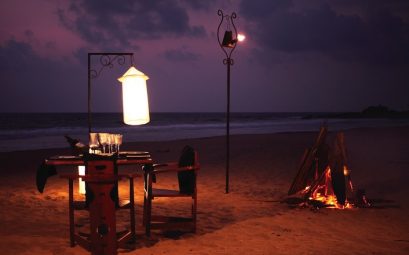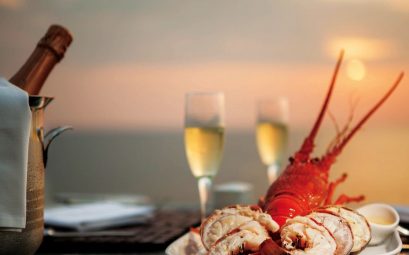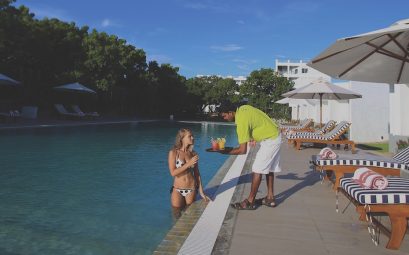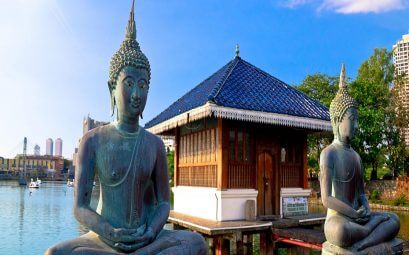Essential Travel Tips
Going To Sri Lanka
Flights to Sri Lanka are served by the Colombo-Bandaranayake International Airport from most cities in Asia, the Middle East and Europe. If you are traveling to Sri Lanka from another country, plan for strategic stopovers to travel more efficiently, or sail to Sri Lanka by cruise ship via the American cruise operator Zegrahm Expeditions.
SriLankan Airlines is the national flagship carrier; flying both internationally and domestically.
Accommodation in Sri Lanka
Hotels in Sri Lanka have evolved since traditional beach hotels were built on Sri Lanka’s west coast to cater to the package holiday crowd and conventional travel operators in 1960s.
Recently, small independent properties, villas and boutique hotels in Sri Lanka have emerged to present a wide array of choices to tourists to Sri Lanka. You can even experience five-star luxury hotels in Sri Lanka at very reasonable rates in the countryside.
Sleeping in railway stations or parks is not recommended and some youth hostels or traditional “rest houses” are budget-friendly alternatives. Getting a decent room in this crowded holiday destination is difficult during peak season, so book early.
Getting around Sri Lanka
Three-wheelers, or auto-rickshaws are the most common mode of transport in Sri Lanka – cheap and convenient to get around town in, though not quite as safe as sedan taxis because of their lack of seatbelts and open sides. They may not always be metered, so prepare to bargain.
Sri Lankan taxis are a better way to travel Sri Lanka, and because meters are often used, the fare can be lower than a three-wheeler’s. You can even book a full-day Sri Lankan personal driver for around USD40 in the form of taxi packages by licensed tour operators.
Motorcycle and car rental in Sri Lanka is increasingly popular, and valid licence is needed in both cases, which can be converted into an international drivers licence at The Department of Motor Traffic in Werahera for under USD$10.
Renting a car with a driver in Sri Lanka is not expensive, and most Sri Lankan rental cars often come with their own drivers, many of whom are multi-lingual and knowledgeable about Sri Lankan culture and history.
Buses are the cheapest mode of transport in Sri Lanka. Despite being crowded and uncomfortable, it only costs about one dollar to travel halfway across the island. Air-conditioned buses are twice as expensive.
Currency of Sri Lanka
The currency in use is the Sri Lankan rupee (SLR). Major credit cards are accepted in shops, most hotels, restaurants and shopping centres. Tipping is always appreciated.
Sri Lanka Entry Requirements
Citizens of all countries except Singapore and the Maldives are required to apply for a visa online, valid for three months from date of approval. Applying for a Sri Lanka visa upon arrival can be extremely tedious.
Climate & Weather in Sri Lanka
Sri Lanka’s tropical climate see hot and humid days cool off in the evening. Drier regions like Hambanthota can be as warm as 30-35°C while temperatures in the highlands can remain as low as -5 to 20°C. Prepare warm, waterproof clothing or an umbrella.
The major rainy seasons in Sri Lanka are the North-East Monsoon from October to January and the South-West Monsoon from May to July.




